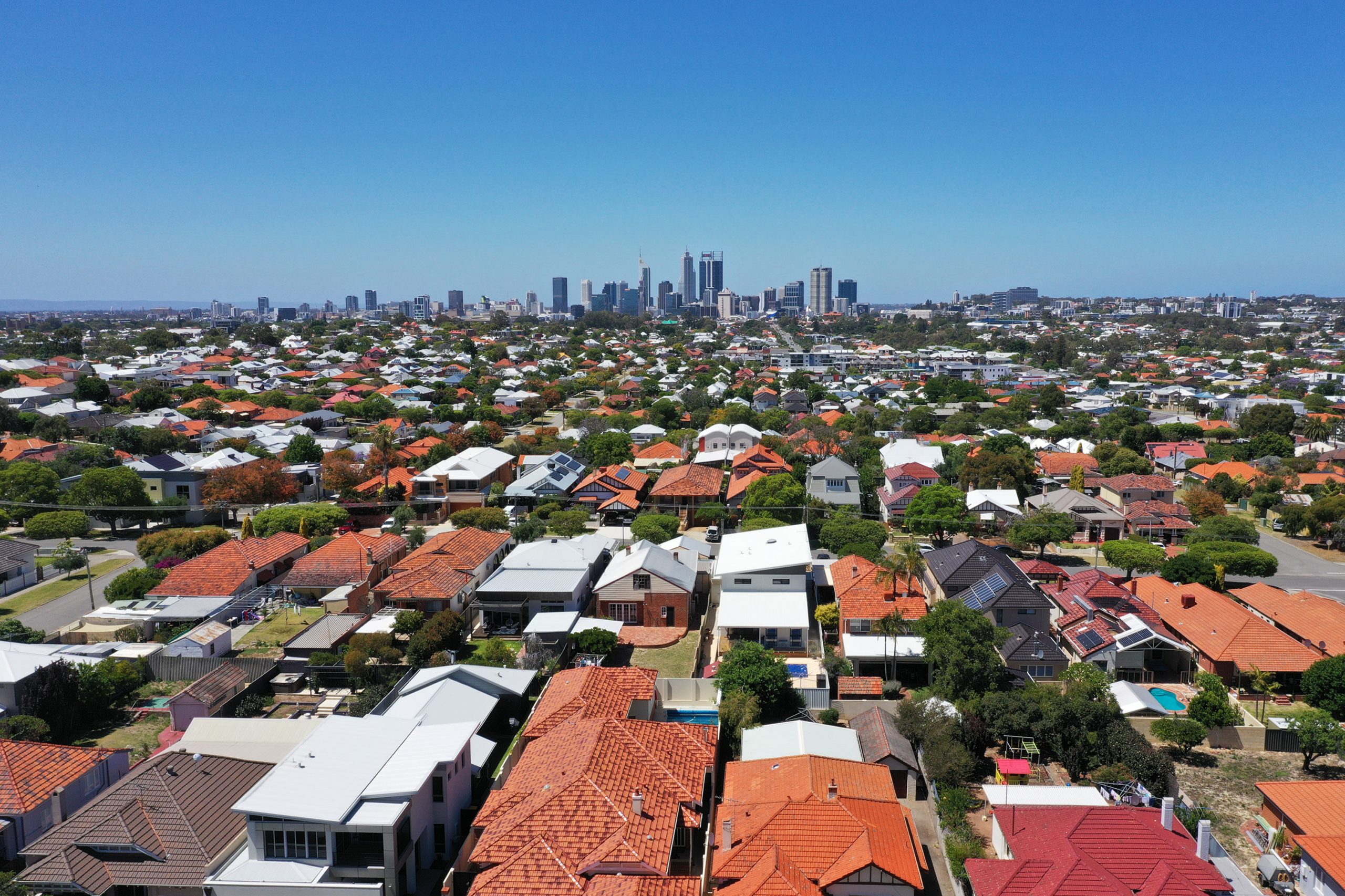Future Returns: Investing In The Cannabis Industry
The stigma once associated with cannabis has dropped off dramatically.
Several years ago Morgan Stanley did a poll of over 1,000 high-net-worth investors to see if they’d invest in legal cannabis. A full 65% said they were not likely to invest if cannabis were legalised in the next 12 months.
But Matt Bottomley, equity research analyst at Canaccord Genuity in Toronto, doesn’t hear this same level of objection to the industry today, and for good reason. “At the end of the day, I think the U.S. cannabis sector at maturity is probably US$80 billion to US$100 billion in sales,” he says.
The stigma once associated with cannabis has dropped off dramatically, and within the past month states including New York and Virginia, as well as Mexico, have either legalised it or announced plans to do so.
“You’re going to see it slowly, over the next years and decades transition from a more traditional consumer-packaged goods market,” Bottomley says. Presently, leading U.S. companies “are kind of doing everything in every market,” he says—from growing to producing, up to creating edibles and even operating retail in some markets. As legalisation expands across the world, big pharma may look to get in on it, changing valuations.
Big-name companies trading in the U.S. such as Canopy and Tilray see their stock prices appreciate when pro-legalisation stories hit the news. But because cannabis is still a Schedule I drug, meaning tightly regulated by the government, Bottomley says, “the fundamentals are not necessarily going to flow down to those types of companies.”
Meanwhile, leading American companies like Curaleaf or Trulieve trade on Canadian junior exchanges, less easily accessed by the overall U.S. retail investor market. He thinks there’s a tremendous amount of capital yet to come into this space. Many companies, he adds, are underserved by institutional investors as well.
“Over the long term if you pick the right horses in the sector, there’s still quite a lot of growth to be had.”
Here are three things Bottomley says to keep in mind when investing in the cannabis sector.
Take Stock of Your Risk Profile
Investors entering the cannabis market have to consider their risk thresholds. “All of our buys on cannabis stocks to date are all speculative buys, and we do have holds and sells as well,” Bottomley says.
The sector can be home to wild price swings where for weeks at a time stocks go in one direction, before pivoting and going the other way. If they consider a 2%-to-3% move in a day outside their risk threshold, it might not be for them. Especially because the “wild directions” stocks move in aren’t necessarily tied to company performance.
Bottomley says it also requires a lot of patience. “You really have to be comfortable about where you are on that growth curve and how far ahead of markets opening up—you want to invest your incremental dollar to get ahead of what could eventually be a very large push upward.”
Valuation is Relative
Cannabis is a sector where policy announcements about the future of legalisation can cause stocks to move in the same direction, but investors can’t let that alone sway them. Even if every cannabis stock is moving up or down, and the shift seems uniform, Bottomley advises exercising caution.
Not every cannabis company has exposure to the same markets or regions. When looking at companies in the cannabis space, he says it’s necessary to see how they’re situated in markets relative to their peer group.
He offers the example of a Canadian company trading at 30 or 40 times its forward profitability metrics, or Ebitda (short for earnings before interest, taxes, depreciation, and amortization), but that lacks access to the U.S. market or other growth drivers.
“I prefer buying a company that’s trading at a lower multiple than that, but actually has that exposure,” he says. “That’s the first thing that I look at when I’m putting a rating to any of these companies that I cover.”
Understand the Management Team
For Bottomley, management teams and their philosophies are particularly important in the cannabis industry. “We’ve seen a lot of good case studies for huge success stories and a lot of case studies where things haven’t gone so well,” he says.
Prior to Covid-19, Bottomley went on a lot of site visits, meeting management teams. What benefits investors long term, he says, are companies that aren’t too aggressive with mergers and acquisitions, don’t overpay for assets and focus on core markets where they have competencies and market share. But this also means having good infrastructure, like call centres to support patients for medical cannabis companies, or adequate supply for and quantity of retail locations to gain market share.
“Management teams can be fairly aggressive with respect to their messaging,” Bottomley says, “and that’s fine if you can back it up, but I think that’s something investors have to be particularly careful of when they’re choosing which operators they want to back.”
 Copyright 2020, Dow Jones & Company, Inc. All Rights Reserved Worldwide. LEARN MORE
Copyright 2020, Dow Jones & Company, Inc. All Rights Reserved Worldwide. LEARN MORE
This stylish family home combines a classic palette and finishes with a flexible floorplan
Just 55 minutes from Sydney, make this your creative getaway located in the majestic Hawkesbury region.
Impact investing is becoming more mainstream as larger, institutional asset owners drive more money into the sector, according to the nonprofit Global Impact Investing Network in New York.
In the GIIN’s State of the Market 2024 report, published late last month, researchers found that assets allocated to impact-investing strategies by repeat survey responders grew by a compound annual growth rate (CAGR) of 14% over the last five years.
These 71 responders to both the 2019 and 2024 surveys saw their total impact assets under management grow to US$249 billion this year from US$129 billion five years ago.
Medium- and large-size investors were largely responsible for the strong impact returns: Medium-size investors posted a median CAGR of 11% a year over the five-year period, and large-size investors posted a median CAGR of 14% a year.
Interestingly, the CAGR of assets held by small investors dropped by a median of 14% a year.
“When we drill down behind the compound annual growth of the assets that are being allocated to impact investing, it’s largely those larger investors that are actually driving it,” says Dean Hand, the GIIN’s chief research officer.
Overall, the GIIN surveyed 305 investors with a combined US$490 billion under management from 39 countries. Nearly three-quarters of the responders were investment managers, while 10% were foundations, and 3% were family offices. Development finance institutions, institutional asset owners, and companies represented most of the rest.
The majority of impact strategies are executed through private-equity, but public debt and equity have been the fastest-growing asset classes over the past five years, the report said. Public debt is growing at a CAGR of 32%, and public equity is growing at a CAGR of 19%. That compares to a CAGR of 17% for private equity and 7% for private debt.
According to the GIIN, the rise in public impact assets is being driven by larger investors, likely institutions.
Private equity has traditionally served as an ideal way to execute impact strategies, as it allows investors to select vehicles specifically designed to create a positive social or environmental impact by, for example, providing loans to smallholder farmers in Africa or by supporting fledging renewable energy technologies.
Future Returns: Preqin expects managers to rely on family offices, private banks, and individual investors for growth in the next six years
But today, institutional investors are looking across their portfolios—encompassing both private and public assets—to achieve their impact goals.
“Institutional asset owners are saying, ‘In the interests of our ultimate beneficiaries, we probably need to start driving these strategies across our assets,’” Hand says. Instead of carving out a dedicated impact strategy, these investors are taking “a holistic portfolio approach.”
An institutional manager may want to address issues such as climate change, healthcare costs, and local economic growth so it can support a better quality of life for its beneficiaries.
To achieve these goals, the manager could invest across a range of private debt, private equity, and real estate.
But the public markets offer opportunities, too. Using public debt, a manager could, for example, invest in green bonds, regional bank bonds, or healthcare social bonds. In public equity, it could invest in green-power storage technologies, minority-focused real-estate trusts, and in pharmaceutical and medical-care company stocks with the aim of influencing them to lower the costs of care, according to an example the GIIN lays out in a separate report on institutional strategies.
Influencing companies to act in the best interests of society and the environment is increasingly being done through such shareholder advocacy, either directly through ownership in individual stocks or through fund vehicles.
“They’re trying to move their portfolio companies to actually solving some of the challenges that exist,” Hand says.
Although the rate of growth in public strategies for impact is brisk, among survey respondents investments in public debt totaled only 12% of assets and just 7% in public equity. Private equity, however, grabs 43% of these investors’ assets.
Within private equity, Hand also discerns more evidence of maturity in the impact sector. That’s because more impact-oriented asset owners invest in mature and growth-stage companies, which are favored by larger asset owners that have more substantial assets to put to work.
The GIIN State of the Market report also found that impact asset owners are largely happy with both the financial performance and impact results of their holdings.
About three-quarters of those surveyed were seeking risk-adjusted, market-rate returns, although foundations were an exception as 68% sought below-market returns, the report said. Overall, 86% reported their investments were performing in line or above their expectations—even when their targets were not met—and 90% said the same for their impact returns.
Private-equity posted the strongest results, returning 17% on average, although that was less than the 19% targeted return. By contrast, public equity returned 11%, above a 10% target.
The fact some asset classes over performed and others underperformed, shows that “normal economic forces are at play in the market,” Hand says.
Although investors are satisfied with their impact performance, they are still dealing with a fragmented approach for measuring it, the report said. “Despite this, over two-thirds of investors are incorporating impact criteria into their investment governance documents, signalling a significant shift toward formalising impact considerations in decision-making processes,” it said.
Also, more investors are getting third-party verification of their results, which strengthens their accountability in the market.
“The satisfaction with performance is nice to see,” Hand says. “But we do need to see more about what’s happening in terms of investors being able to actually track both the impact performance in real terms as well as the financial performance in real terms.”
This stylish family home combines a classic palette and finishes with a flexible floorplan
Just 55 minutes from Sydney, make this your creative getaway located in the majestic Hawkesbury region.






















